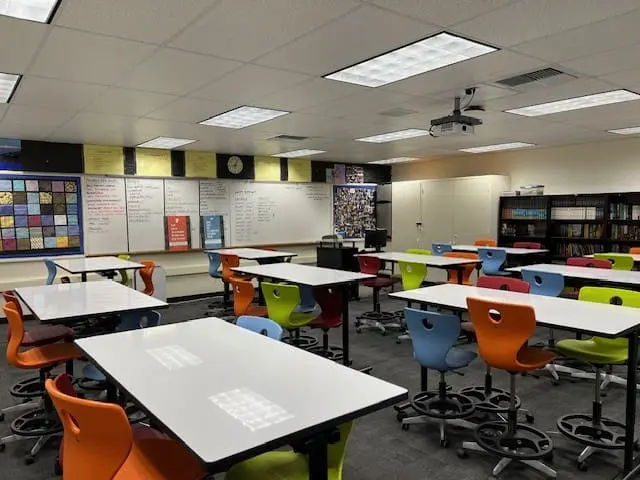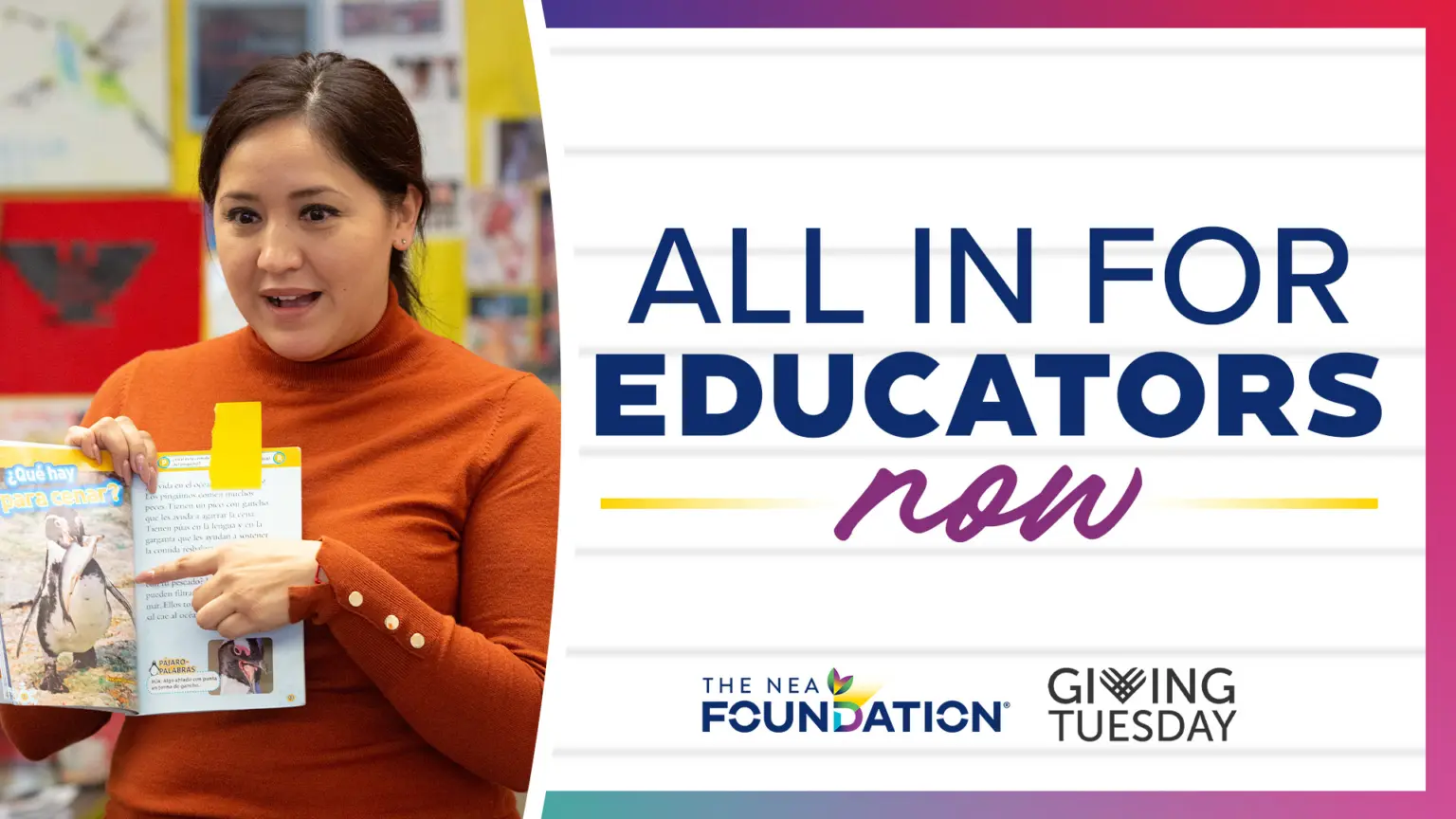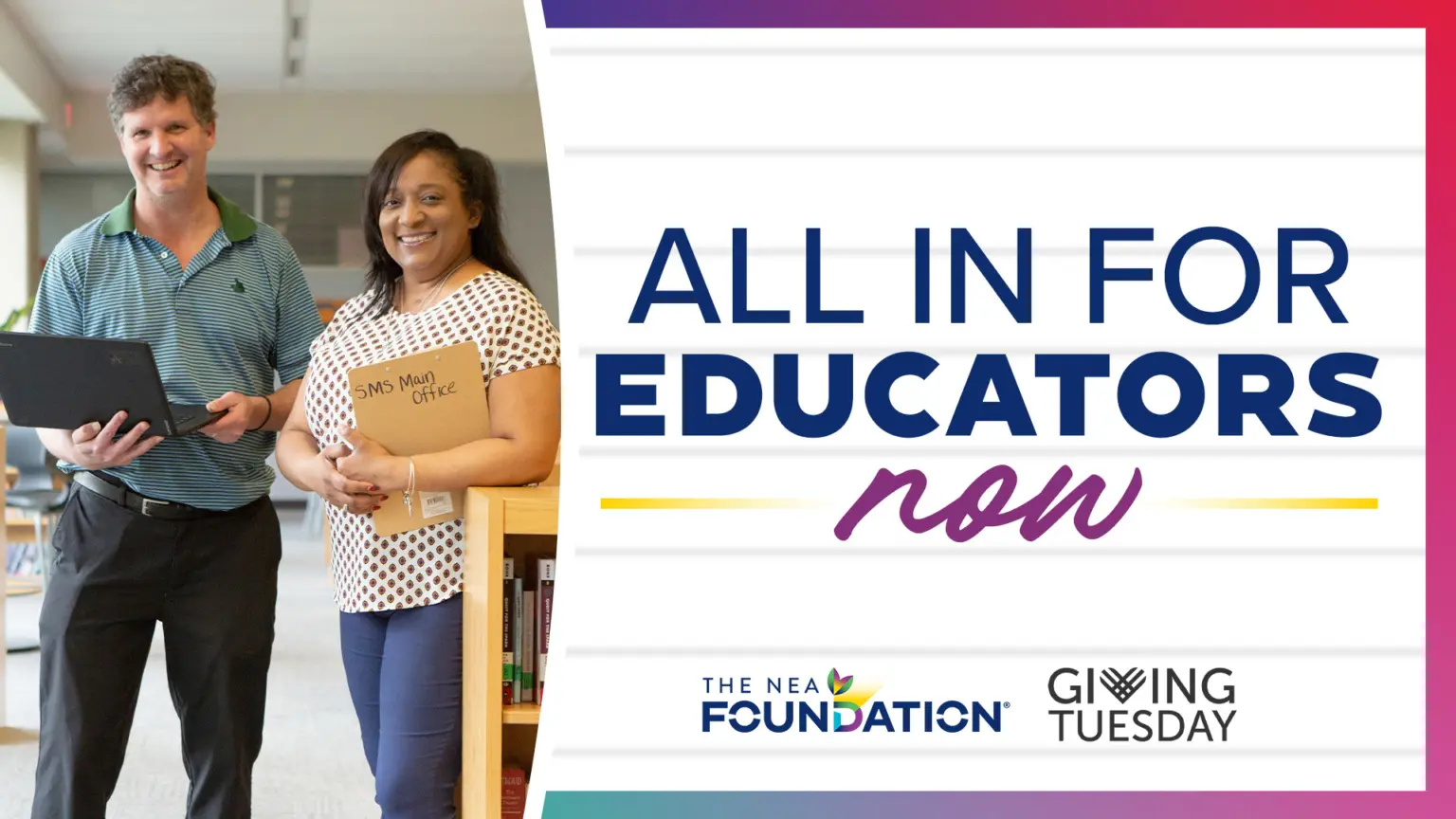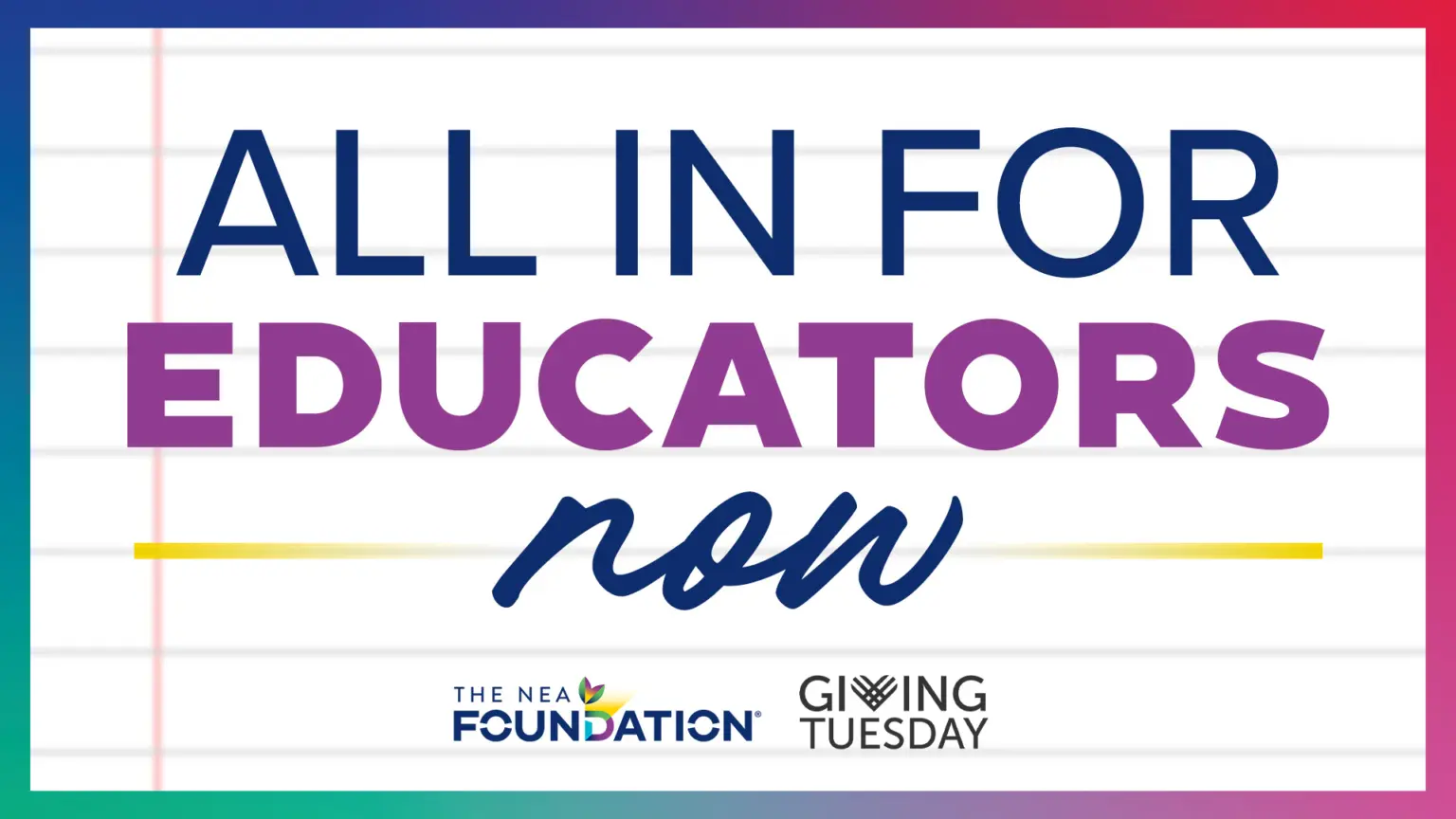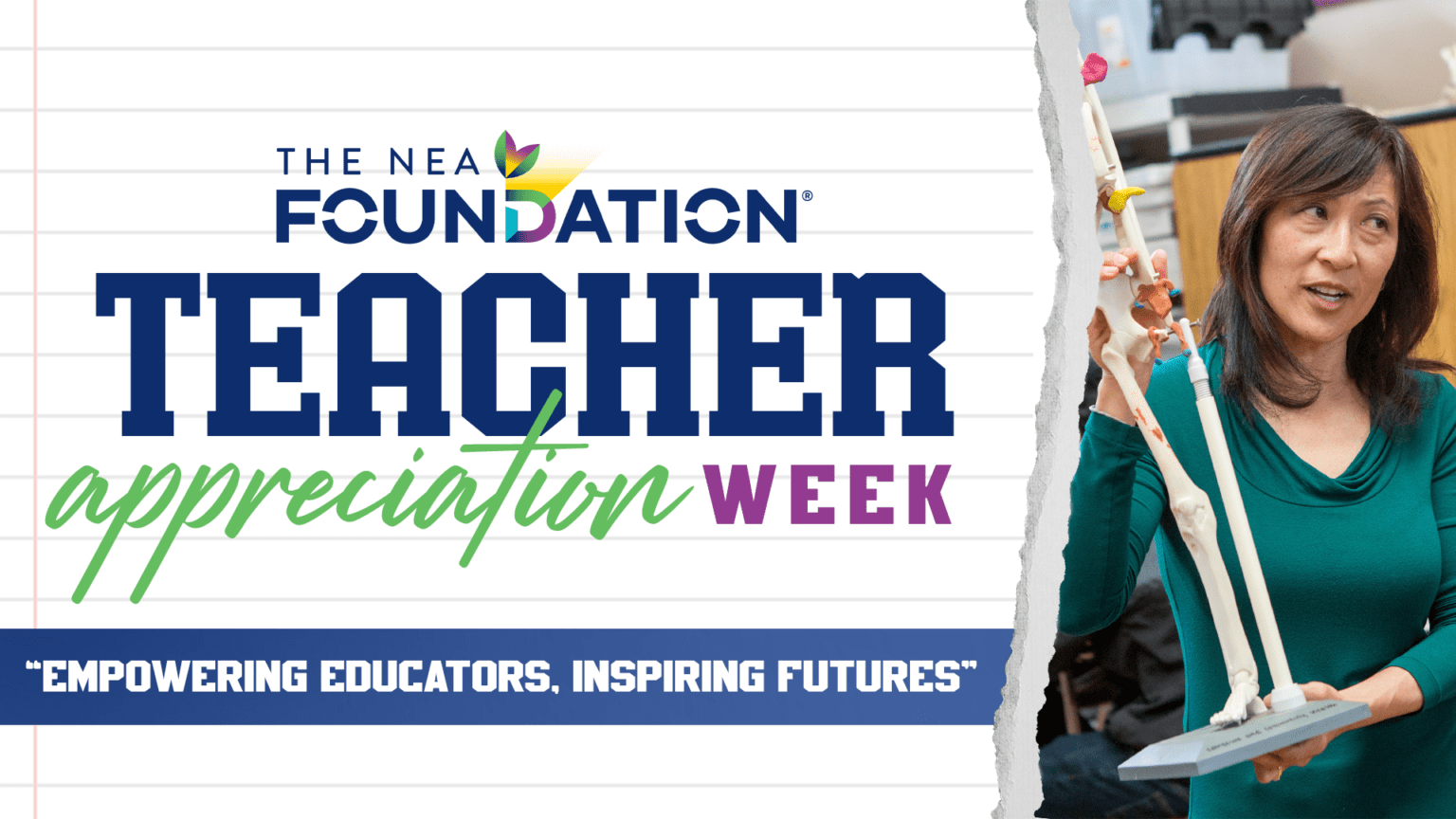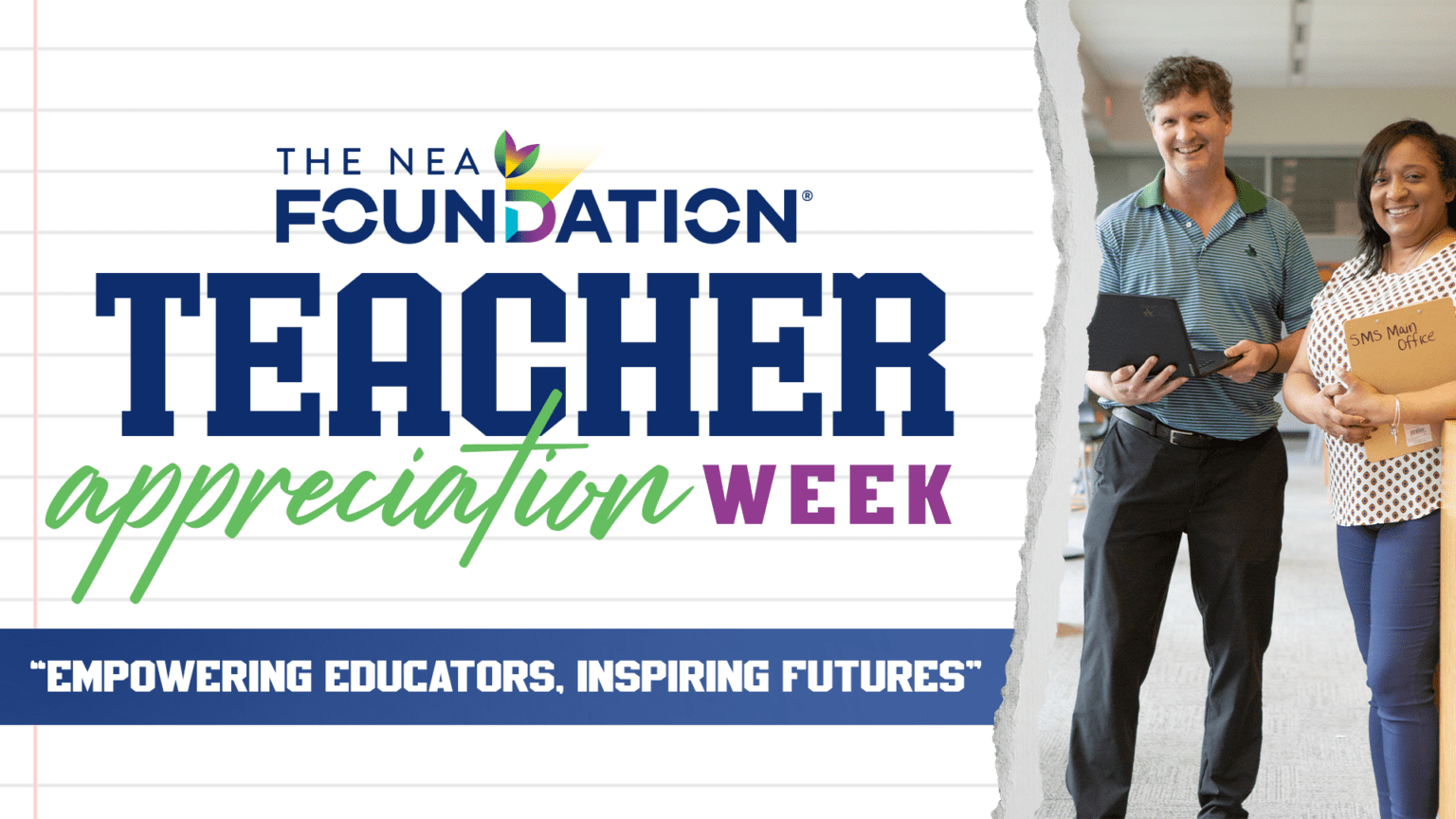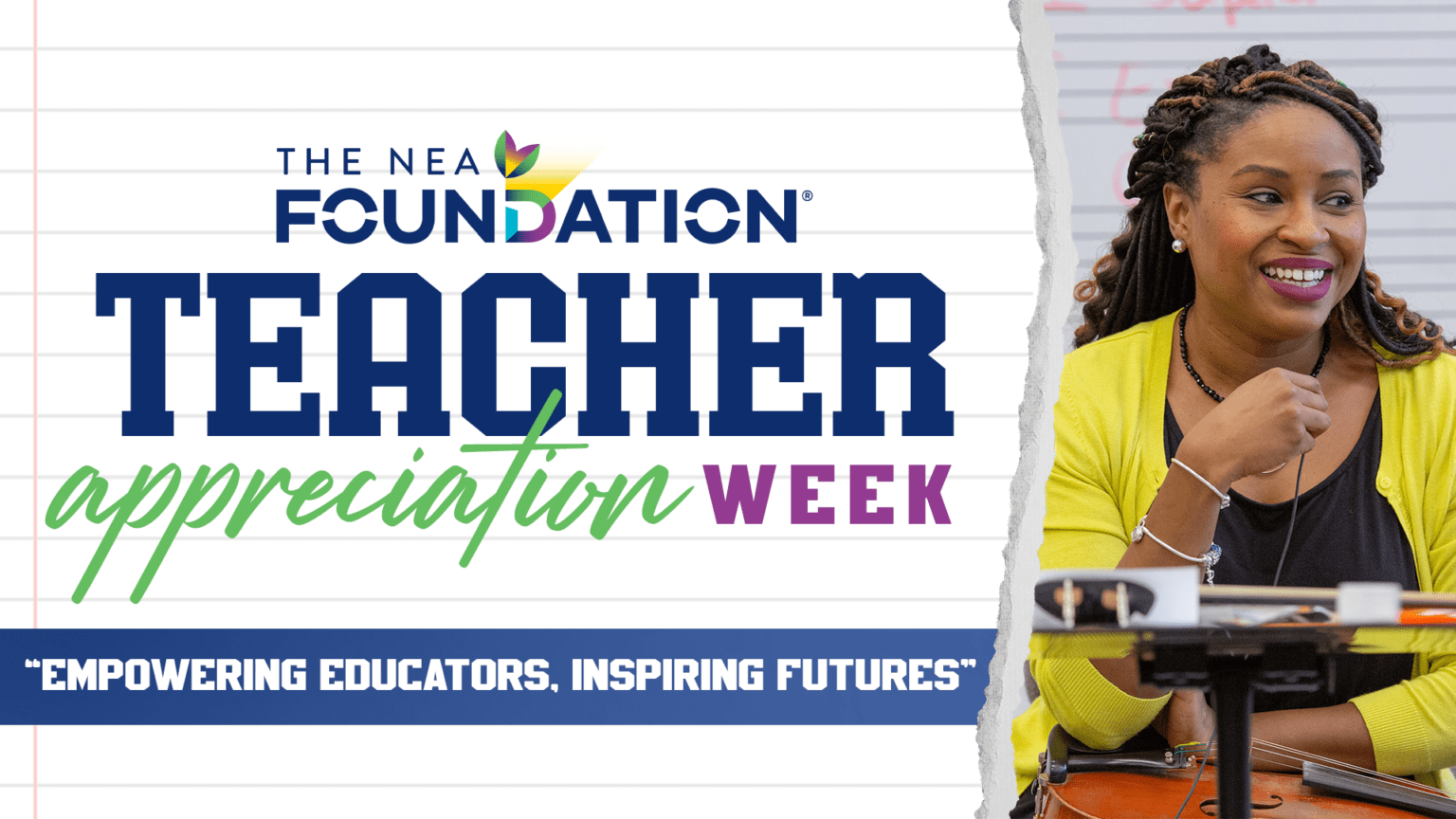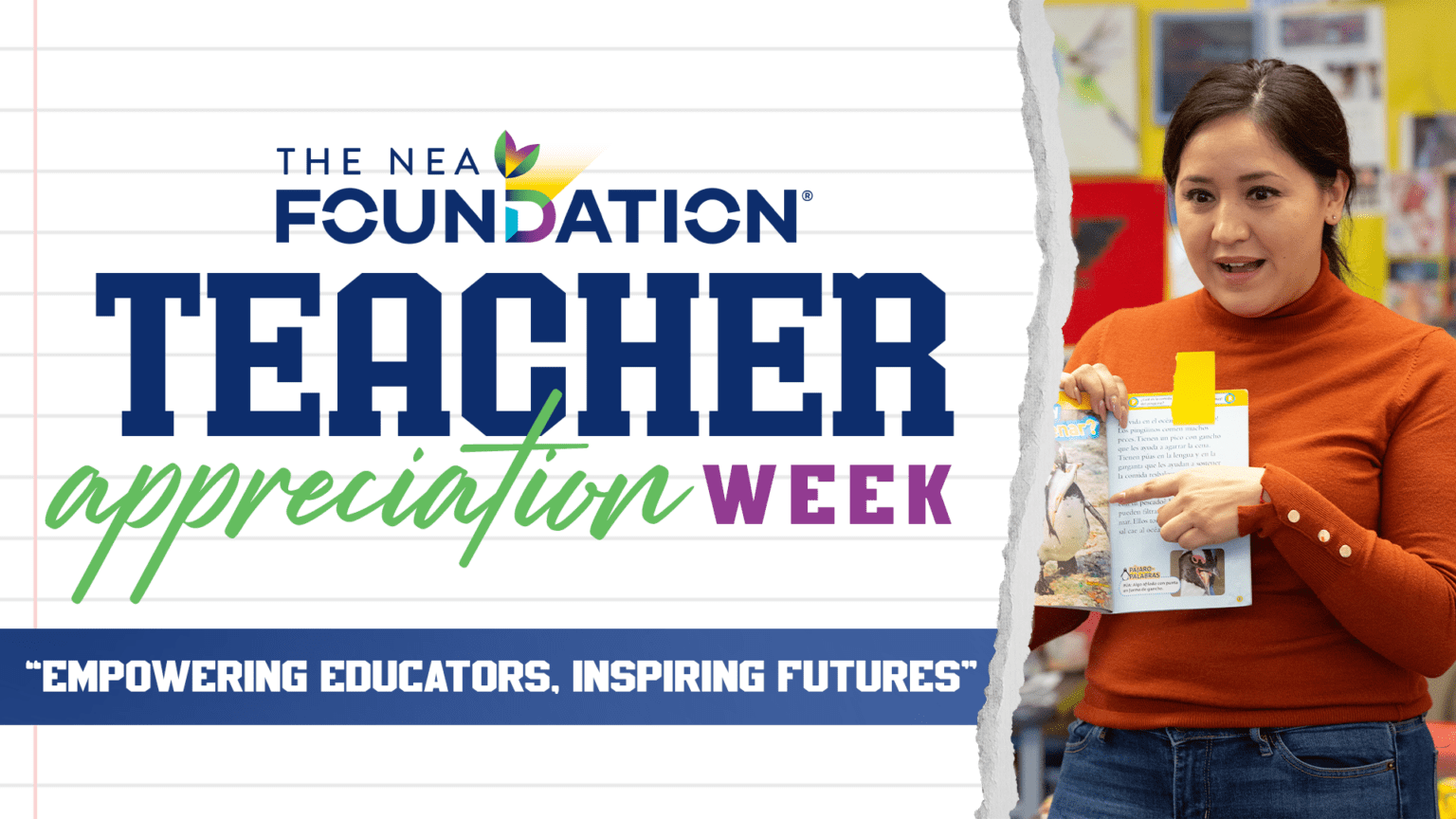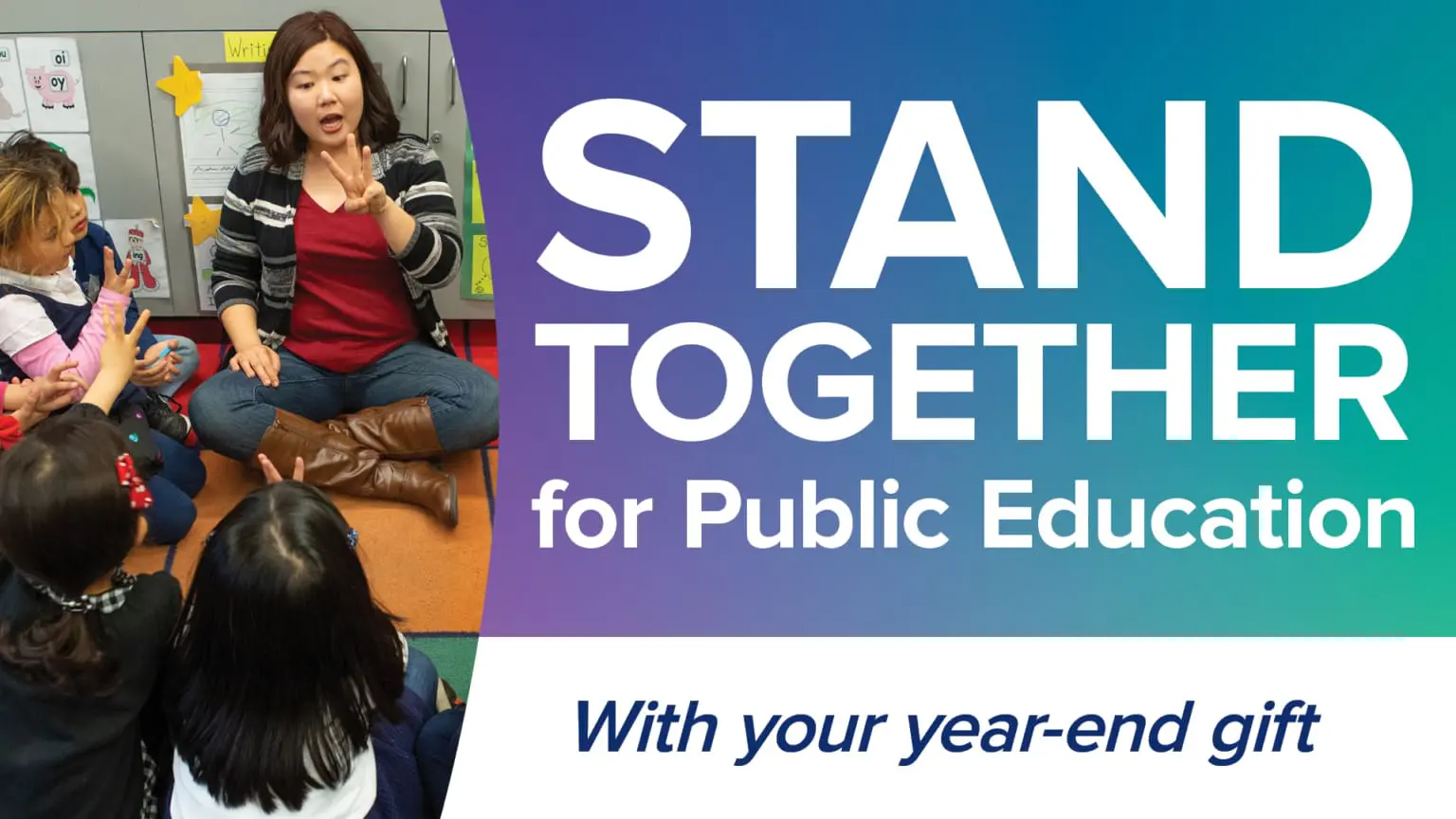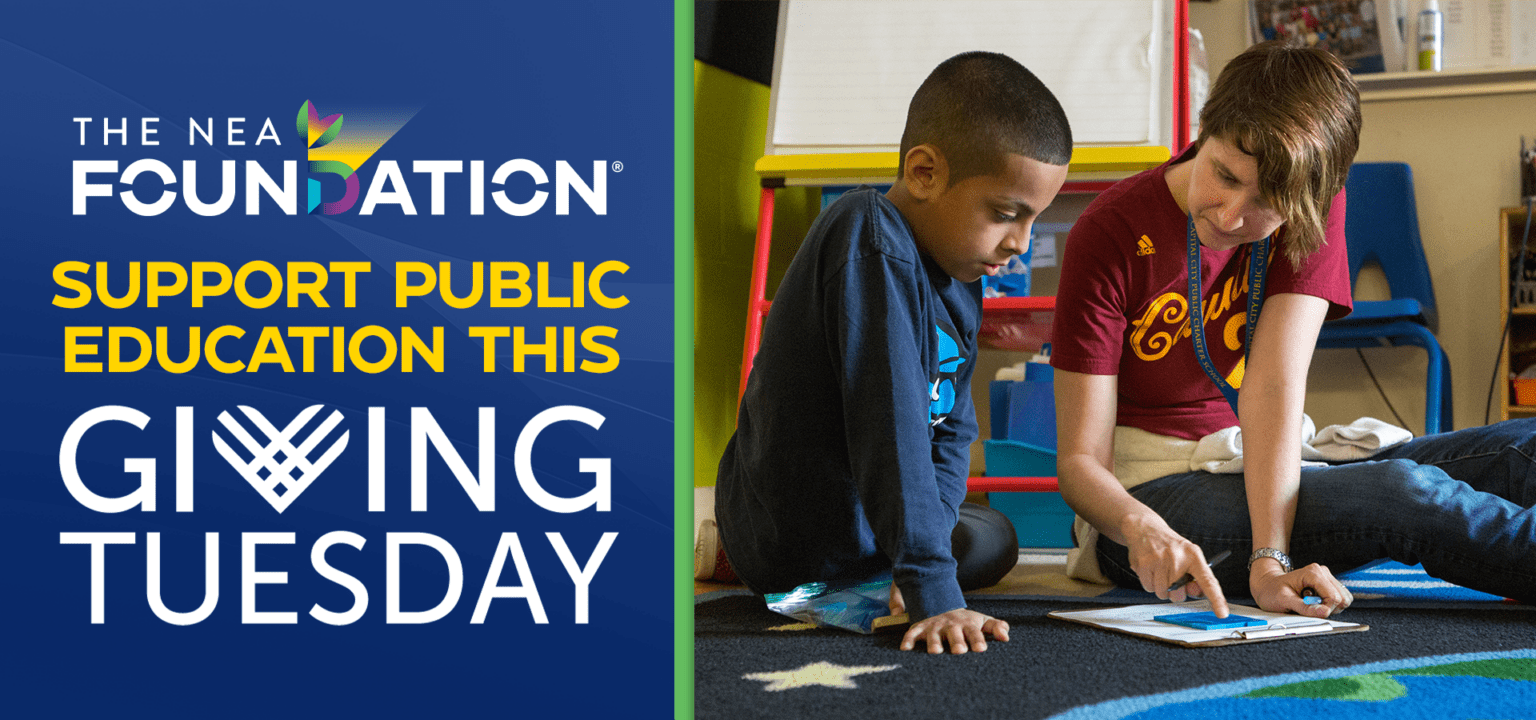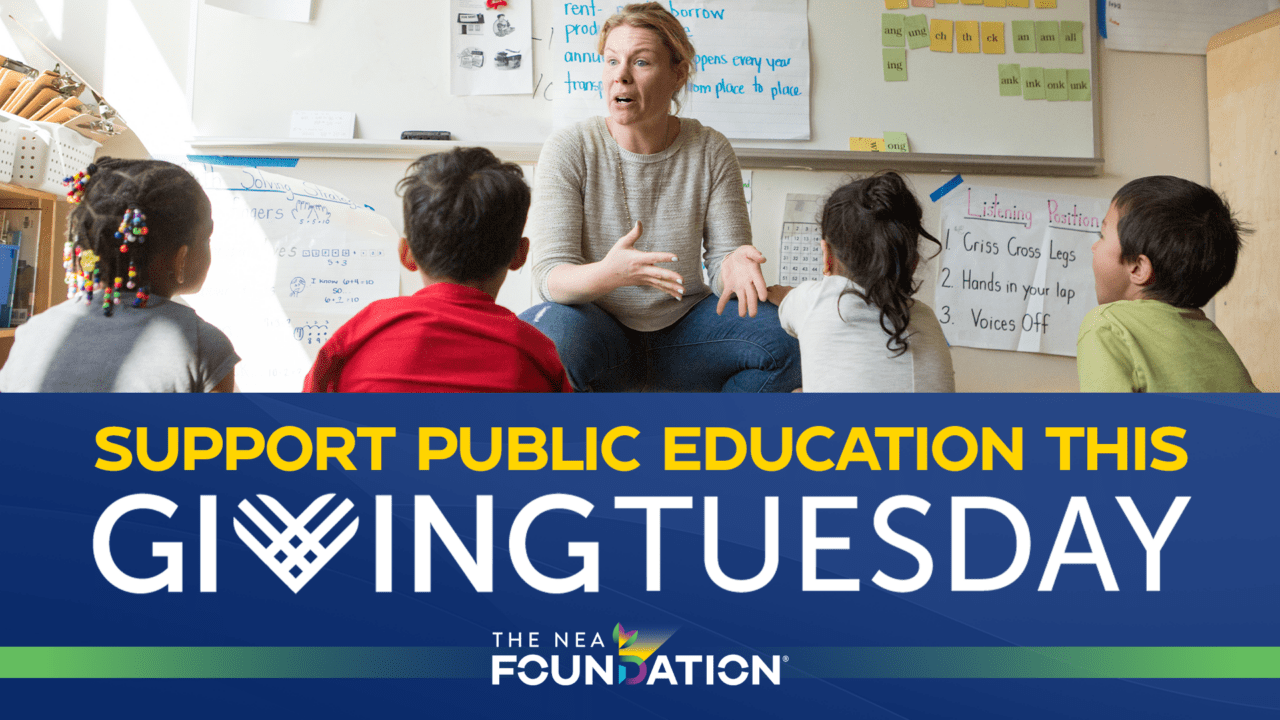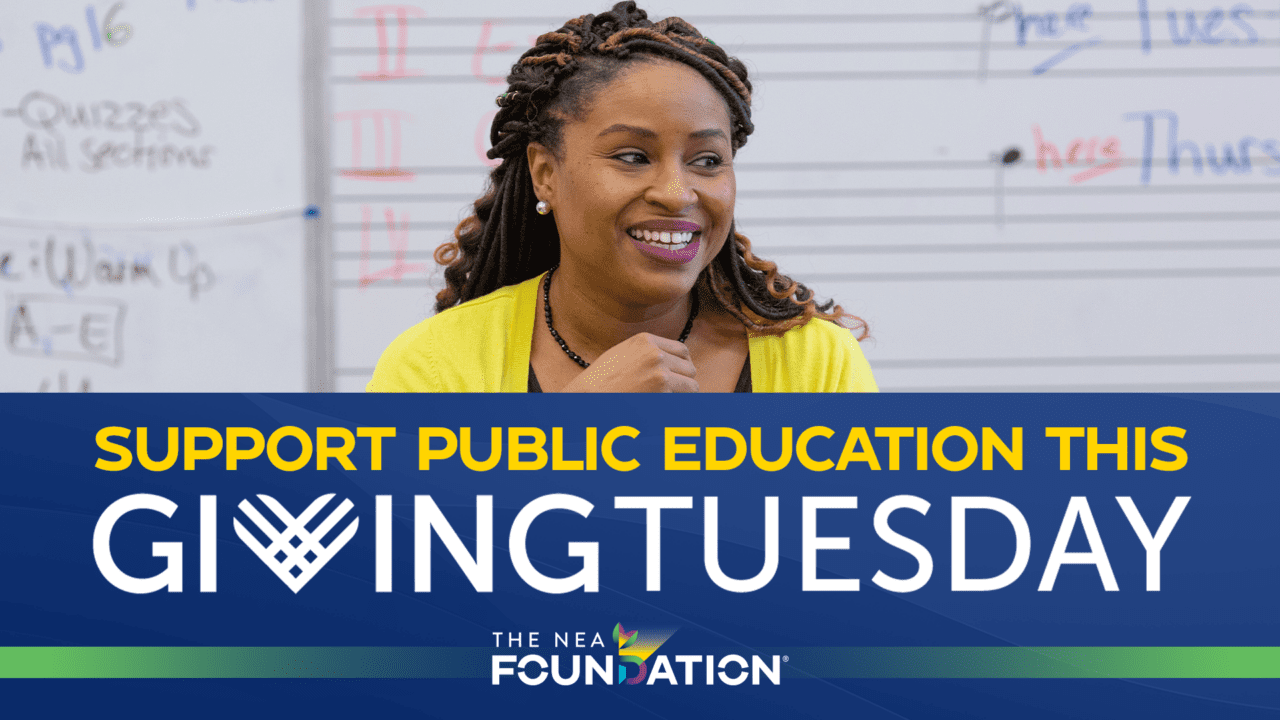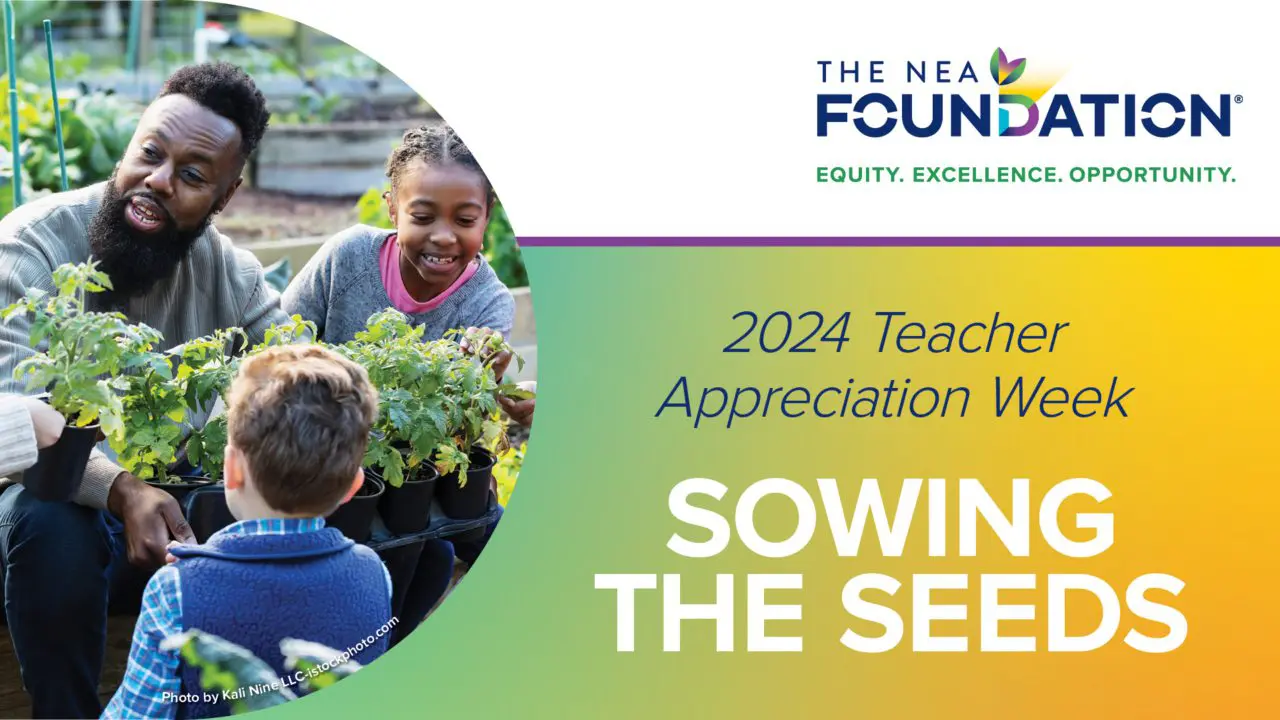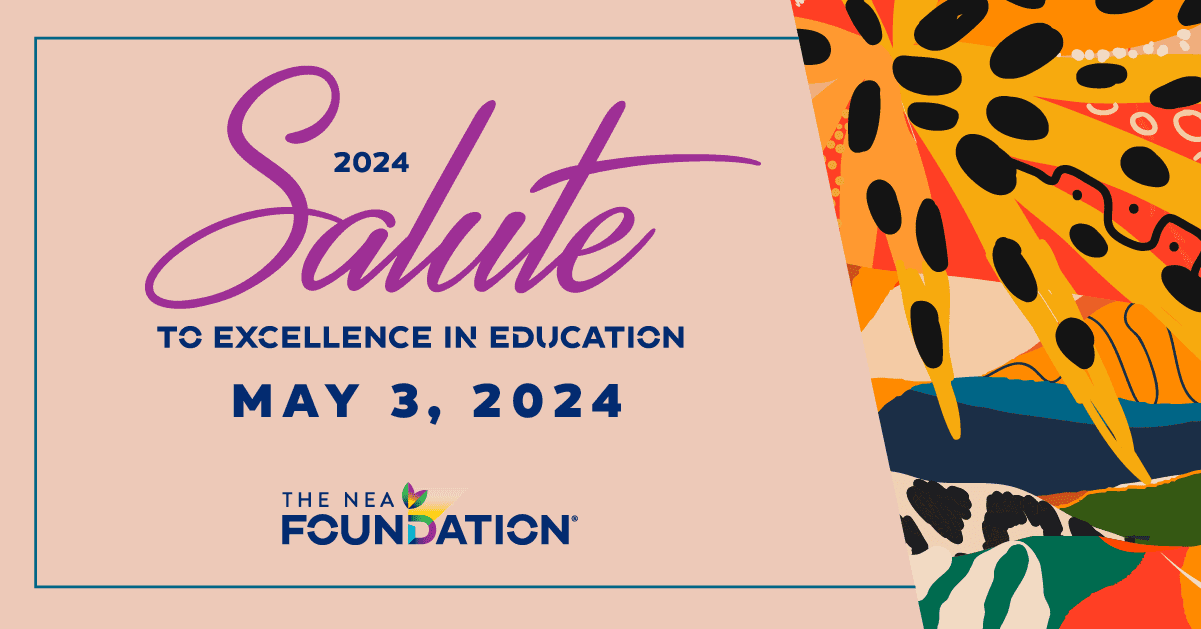Katrina Joy is a Community School Teacher Lead in Anaheim, California. In 2025, she received one of The NEA Foundation’s Travelers Awards for Teaching Excellence.
My first radio call as a police officer alerted me to a crime scene where a 16-year-old had been shot and killed by a rival gang member. In the moments that followed, I did not have the luxury of time to process the grief and tragedy of the situation. It was the first of many indescribably difficult situations I would face during my six years working in law enforcement. Too often, those situations involved children whose lives should have been full of possibility. Each time, I had to bypass my emotions so that I could do my job.
Later in life, those neglected emotions would resurface in a completely different context—a classroom full of students.
Working as a police officer taught me a lot about my identity and values. I worked alongside men and women who cared deeply about the communities they served and many of those partners are still dear friends who I consider family. At the same time, while I still believe police work to be an incredibly honorable service, there was often a tangible feeling of grief I felt in my work because any rehabilitation or proactive measures felt impossible; many of the radio calls I responded to required me to be reactive. I made space for this frustration while being exposed to hard truths about our society and seeing more than someone could be expected to process on a daily basis.
Through the realities I absorbed, I quickly found my heart expanding for all those whose life paths didn’t afford them opportunities to thrive. In particular, I felt drawn to youth who needed to be exposed to the open window of education and have someone walk next to them to show how they could let in the light that knowledge offers—the strength emerging in themselves grounded by their values.
The theme that surfaced was the desire to transform my personal mission from one centered on help into one of hope.
After a series of building events involving youth that caused my heart to beat for a different kind of purpose, I decided to resign from police work and become a teacher. But the impact of my years in police work gave me a unique lens when it came to teaching. I had seen decisions made that had challenging, sometimes fatal consequences, and I came into teaching caring less about test scores and more about how students could see themselves in the curriculum, their overall wellbeing, and who they could become when engaged in a meaningful educational experience.
But an incident that occurred in the midst of my teaching career recalled many of the pained emotions I had experienced as a police officer.
Around the middle of my career, a student in my class who had recently graduated was killed by a gang member. He died protecting his brother. He was one of the kindest, most humble students I’d known. He was always the first to pick up my papers when they fell on the floor, and would hold the door open for others with no expectation of a thank you. He was the only student in my class who laughed at my horrible puns. In fondness, I gave him a nickname that stuck in our classroom and even on his football team.
His untimely death impacted me heavily, not only because of how unfair it was, but because much like what I experienced in police work, it was too late.
An internal question plagued me: Could I have somehow prevented this?
The tragedy of my student’s death fueled me once again to view urgency in my interactions with students. Yet, I was also forced to accept that my power and influence were limited. At the time, although I still felt I could serve and help people, I was missing an important perspective that would blossom later in my career.
If we don’t seek to understand our students as individuals, and if our students don’t feel known and valued first, educational content becomes a brick we are throwing at a glass wall. I began to place content in the back seat in favor of “supporting the Whole Child”—a mantra that I did not know at the time was foundational to the community schools model.
The concept of the community schools model was transformative for me because the lens through which we view others (not just students) is asset-based. Instruction is focused on student voice and choice, civic engagement, culturally responsive teaching, social emotional learning, and collaborative leadership. We believe that students, parents, and teachers should all have a representative seat saved for them at the decision-making table. All of this results in students gaining confidence and establishing ownership over their educational experience. If we know our students first, we can give them an accurate depiction of their best selves; they then feel empowered to discover who they would like to become and how they can impact others.
Becoming a part of the community school family transformed the way I see others, and in turn, how I see myself. Importantly, the community school mindset helped me accomplish what I’d wanted to do since I first experienced a desire to work with youth: turn my personal mission from providing help into one of spreading hope. Rather than protecting or helping students, our job is to provide tools and create opportunities for them to feel empowered, independent, and proud, so they can define success.
I have proudly held the position of a Community School Teacher Lead for the past three years. When I compare myself today to who I was when I left police work, I am overwhelmed by the evolution that has taken place. I see students and youth differently. I see our community differently. I even see myself differently. Where fear previously crept in and wanted to swallow me whole during my attempts to protect students, I now choose to see courage, strength, and glimmers of hope in who they are now, and who they can become.
Students need to have the space and confidence to explore who they are and feel valued. Only then will they have the freedom to make decisions that will empower themselves and inspire others. Instead of responding to the sense of urgency to help, we can take bold steps of hope. We can walk alongside them while they lead the way, and if we are fortunate enough to witness it, we can watch them open new windows of hope to let that same light in for others.

